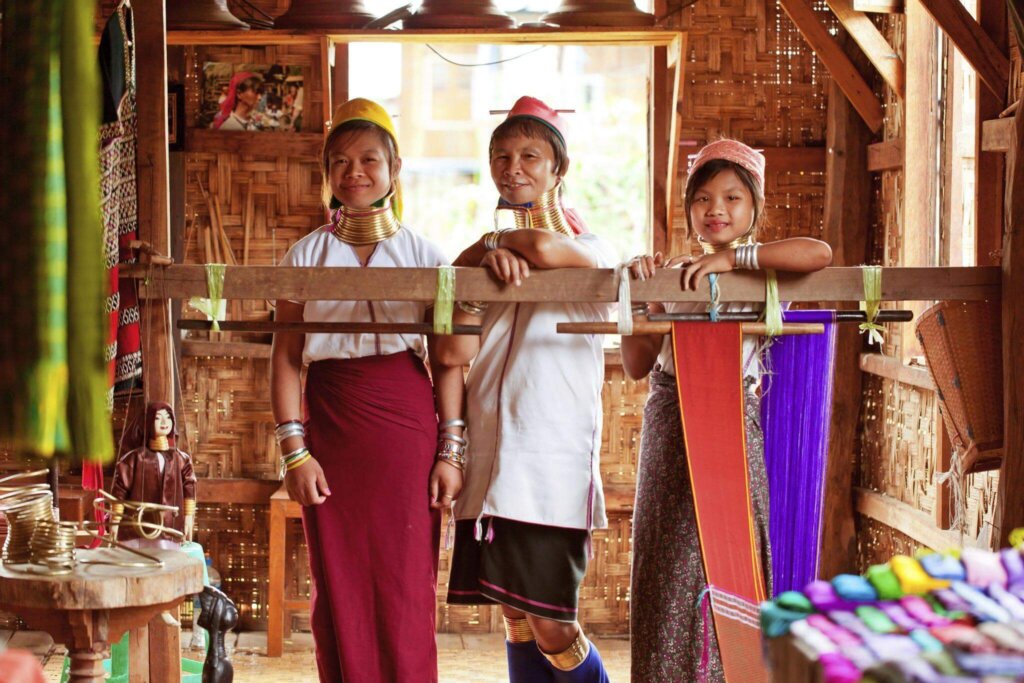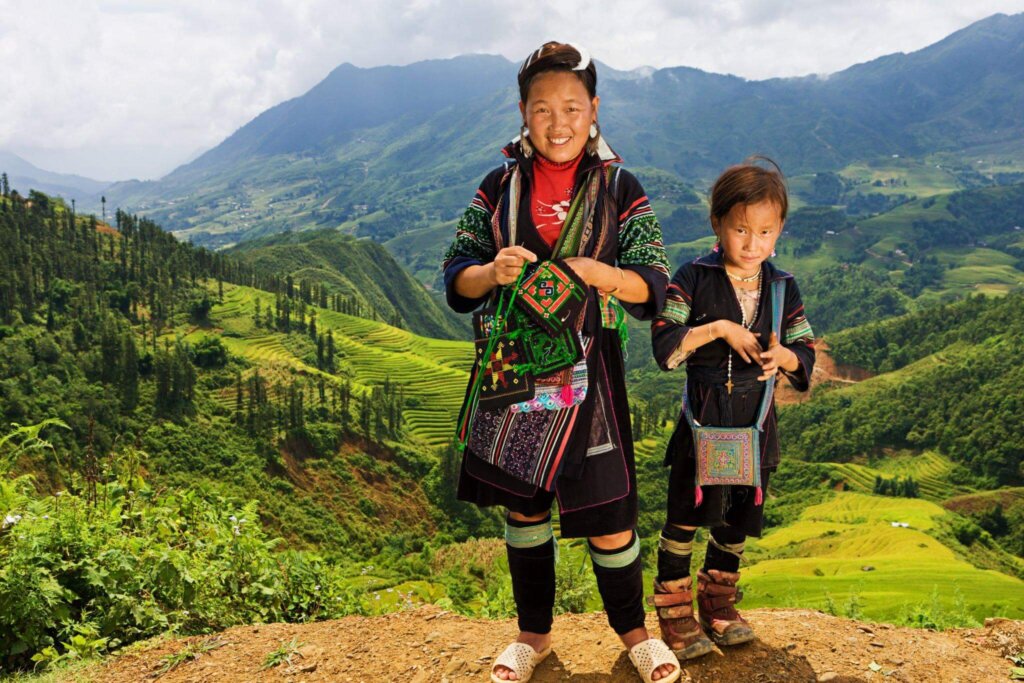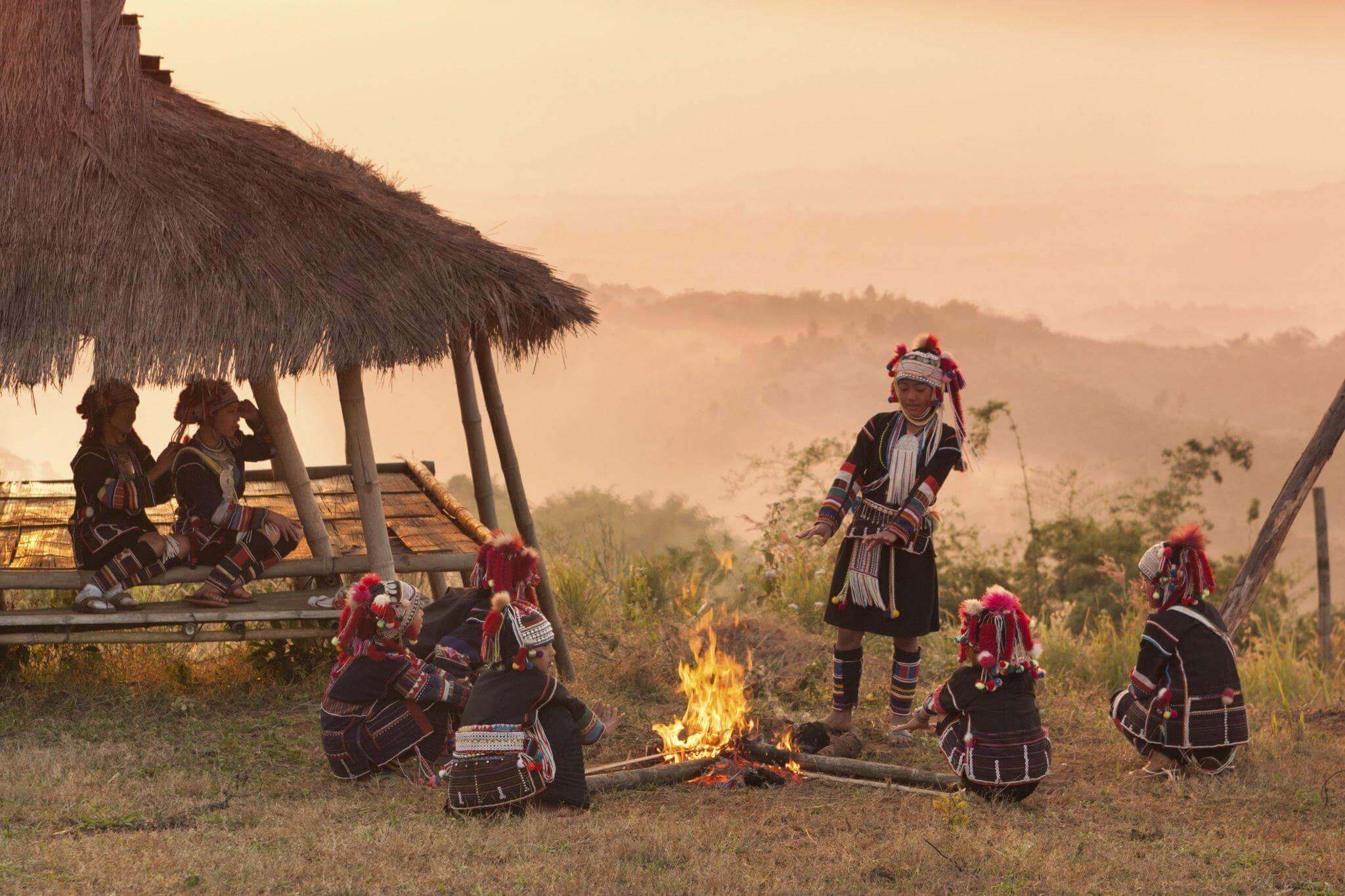You may not know how amazing Thailand tribes are.
There are several hill tribes in Thailand, including the Karen, Hmong, Lahu, and Akha. Each tribe has its own distinct traditions, culture, and way of life. The Karen, for example, are known for their intricate bamboo and woodcarving skills, while the Hmong are known for their beautiful handmade textiles.
One of the best ways to discover the hill tribes is to take a guided tour through the region. These tours typically include visits to tribal villages where you can learn about daily life and see traditional crafts being made. You can also try your hand at activities like bamboo rafting or hill tribe cooking.
Another way to experience the hill tribes is to stay with a local family in a homestay. This allows you to immerse yourself in the culture and learn about the tribe’s way of life firsthand. You’ll get to participate in daily activities, such as farming and cooking, and learn about the tribe’s traditions and beliefs.
The Karen tribes
The Karen, also known as the Kayin or the Red Karen, are one of the hill tribes of northern Thailand. They are an ethnic minority group that has a long history of living in the region, with roots tracing back to what is now Myanmar (also known as Burma).
The “long neck” tradition, also known as the “giraffe woman” tradition, is a cultural practice that is traditionally followed by some members of the Karen hill tribe in Thailand and Myanmar. The tradition involves wearing brass rings around the neck, which give the appearance of an elongated neck.
The tradition is most commonly followed by women, who begin wearing the rings at a young age. The number of rings worn can vary, but it is not uncommon for women to wear up to 20 or more. The rings are very heavy and can weigh up to 15 pounds.
The origins of the long neck tradition are not entirely clear, but it is believed to have originated as a form of protection against tiger attacks. It is also thought to have been a way for women to distinguish themselves and to be seen as more attractive to potential partners.



In recent years, there has been some debate and controversy over the long-neck tradition. Some argue that it is a form of cultural oppression and that it is harmful to the health of those who follow it. Others see it as a valuable cultural tradition that should be preserved.
Regardless of one’s perspective on the long-neck tradition, it is an interesting and unique aspect of Karen culture and is worth learning about.
The Karen are known for their intricate bamboo and woodcarving skills, and many members of the tribe make a living by creating handmade crafts and textiles. The women are particularly skilled at weaving and embroidery, and their handmade fabrics are highly prized.
In addition to their craftsmanship, the Karen are also known for their strong cultural traditions and values. Many Karen follow Theravada Buddhism and place a strong emphasis on family and community. Animism and Christianity are also practiced among others.
Despite their rich culture and traditions, the Karen have faced challenges throughout their history. Many have fled persecution in Myanmar and have sought refuge in Thailand.
The Hmong tribes
The Hmong are an ethnic minority group that is native to the mountainous regions of China, Vietnam, Laos, and Thailand. In Thailand, the Hmong are one of the hill tribes that can be found in the northern part of the country.
The Hmong are known for their rich cultural traditions and handmade textiles. The women of the Hmong tribe are skilled at embroidery and weaving intricate fabrics using traditional techniques passed down through generations. These fabrics are highly prized and are often used to make clothing and home decor items.



In addition to their craftsmanship, the Hmong are known for their strong family bonds and close-knit communities. Many Hmong follow animist beliefs and place a strong emphasis on ancestor worship. Of all the Thai hill tribes, the Hmong are the savviest and most business-minded. They are the richest group as a result. Their traditional wooden buildings on the ground floor make their villages easy to identify (unlike raised stilt bamboo houses of other tribes). This may be due to their origins in southern China, where the milder climate is more favorable for ground-level habitation.
The Hmong have a long and complex history. Many fled persecution in Laos during the Vietnam War and have been living in Thailand as refugees ever since.
Treasuring the tribe’s precious and rare culture
It’s important to remember that the hill tribes are not tourist attractions – they are real communities with a rich history and culture. When visiting, it’s crucial to be respectful of their way of life and to follow any guidelines set by your tour operator or homestay host.
In recent years, there has been a push to preserve the culture and traditions of the hill tribes. Many organizations, such as the Hill Tribe Museum in Chiang Mai, have been established to promote understanding and appreciation of these communities.
No matter how you choose to explore the hill tribes of northern Thailand, it’s sure to be a unique and unforgettable experience. The people of these tribes are incredibly welcoming and happy to share their way of life with visitors. So if you’re looking for something off the beaten path, consider a visit to the hill tribes of Thailand. You’ll come away with a greater appreciation and understanding of these fascinating communities and their rich culture and history.







